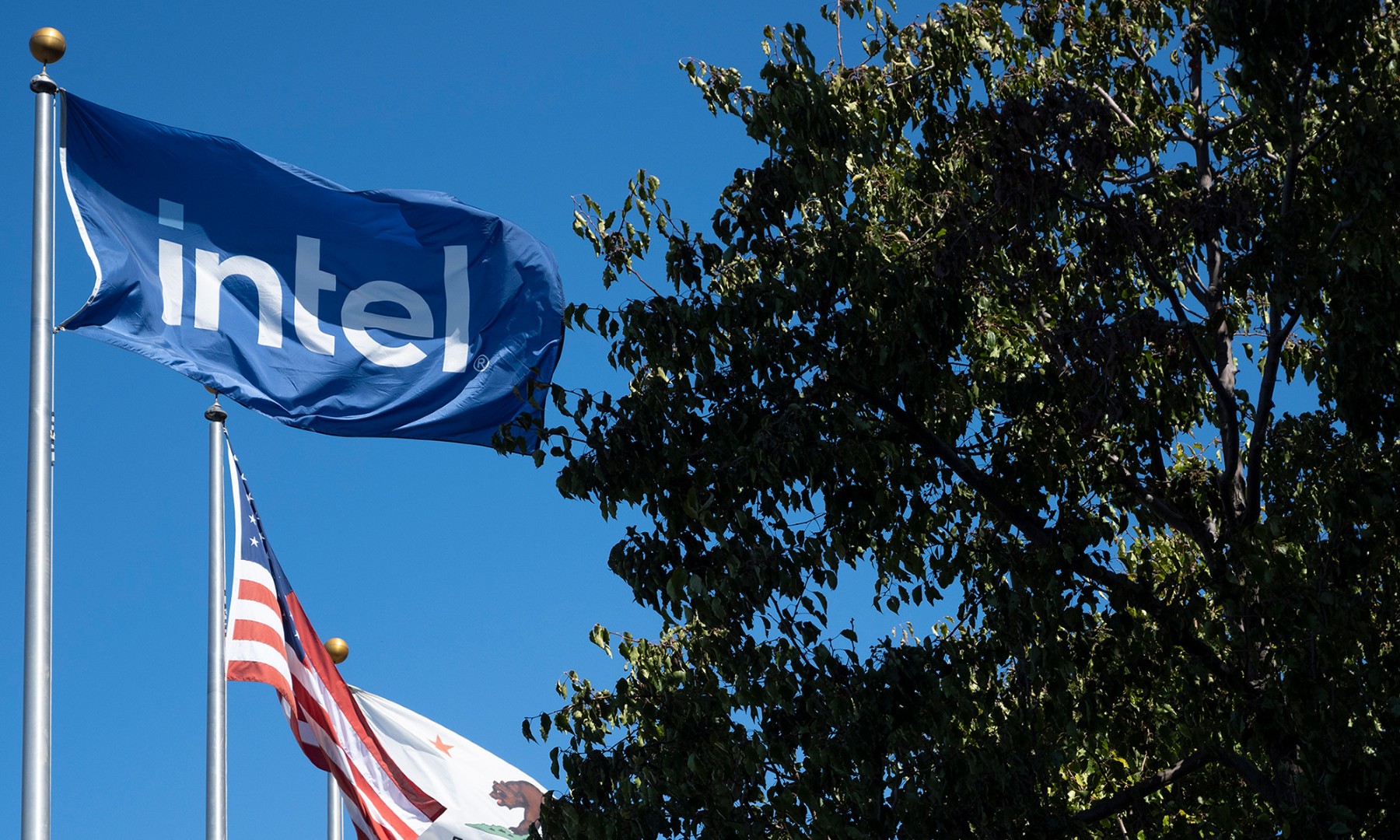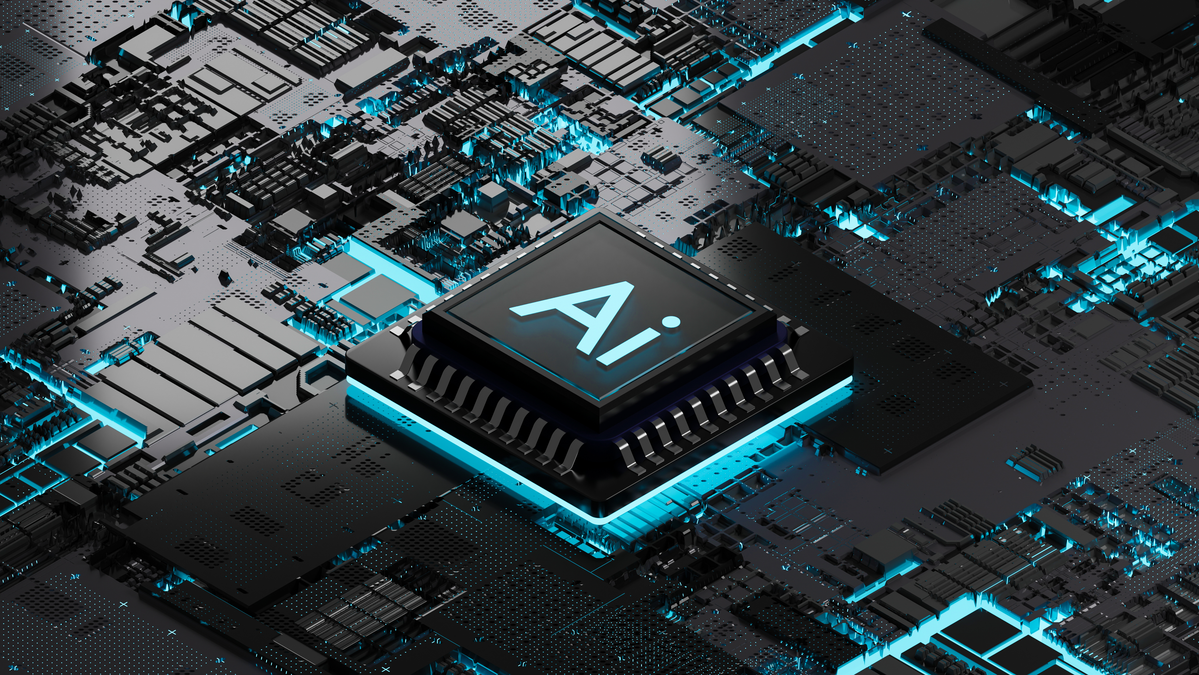Microprocessor giant Intel (INTC +0.50%) has bet its future on its data-center group, or DCG. In 2016, this business unit is expected to rake in around $17 billion in revenue and a little under half that in operating income. Though not quite as large as the company's Client Computing Group, or CCG, in terms of either revenue or profit, it -- unlike CCG -- is exposed to a number of growing markets rather than mostly declining ones.

Intel Xeon E5 v2 processors. Image source: Intel.
This makes DCG Intel's best hope at being able to deliver consistent revenue growth. And that's why investors get a bit freaked out when this segment fails to deliver the kind of growth the both management and investors expect -- if the DCG party slows, Intel's longer-term prospects begin to look much dimmer.
Crucial to keeping the growth story going, particularly over the next couple of years, will be Intel's ability to build products compelling enough to keep the many chip companies looking to eat into its near-total dominance of the server processor market.
That's why it was interesting to hear that Intel's next-generation server processor platform, known as Purley -- and referred to in leaked Intel slides as a platform that "changes the game" -- has begun sampling to major customers.
What is Intel Purley?
Purley is Intel's next-generation server processor platform, succeeding the company's prior-generation Grantley platform. The new platform is expected to deliver a bevy of new features, including enhanced connectivity, the ability for the processors to transfer data to and from memory at a much faster rate, and other features.
More importantly, though, new platforms bring support for new processors. Under Intel's current product-development methodology, the introduction of a new platform also means the release of processors based on an all-new architecture, or design, relative to the prior-generation platform.
These platforms do need to last anywhere from two to three years, depending on Intel's ability to roll out new platforms and associated processors, so Intel will usually release a follow-on set of processors that work with the same platform.
The second-generation of processors on an Intel platform generally use mildly enhanced versions of the all-new processor architecture that comes with the introduction of the platform. The good news, though, is that this second wave of products is manufactured on newer manufacturing technologies that allow the company to cram many more processor cores into a given power envelope, thereby delivering significantly enhanced performance.
What does Purley mean for investors?
If Intel is sampling Purley to customers now, then the platform should begin volume shipments during the first half of 2017, if all goes as planned.
Interestingly, CEO Brian Krzanich indicated on the company's most recent earnings call that Intel isn't seeing evidence that major customers are holding off buying today's Grantley platform to wait for Purley and Skylake-EP.
If Krzanich is right about that, then investors may not want to bet on seeing Purley catalyze additional growth. Instead, the success of the Purley platform in that case will largely depend on the health of the data-center markets that Intel serves, as well as its ability to use Purley to defend against competitors.
Nevertheless, Krzanich did talk about some of the non-CPU technologies that Intel will offer alongside Purley that it doesn't include with its Grantley platform today:
"[Customers are] seeing not only just an overall [total cost of ownership] performance advantage that we see with each one of these [new server processor launches], but this also continues [Intel's] integration of things like the omni-path fabric; it has more integration of the silicon photonics, so it's still the adjacency functions that are quite strong; and they will get more and better as we go through each one of these. There will be a second generation of Purley that includes 3D XPoint."
In other words, in addition to aiming to deliver the right performance and power efficiency to help fend off competitors, Intel is betting on Purley to be the way it encourages customers to buy more "non-CPU" products such as omni-path fabric, silicon photonics, and 3D XPoint memory modules.
At its investor meeting in late 2015, Intel said the total addressable markets for these three technologies would be $1.6 billion, $5 billion, and $34 billion by 2020, respectively. Although Intel's data-center group revenues will ultimately live and die by the end demand for its server platforms, capturing share in these adjacent market opportunities would certainly be welcome revenue to the company and its investors.






